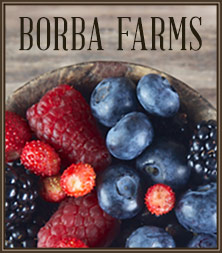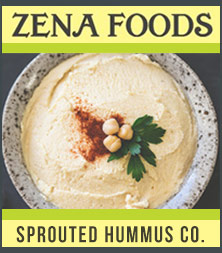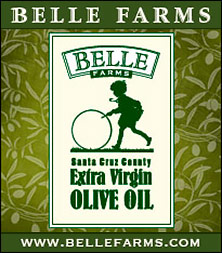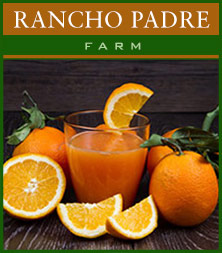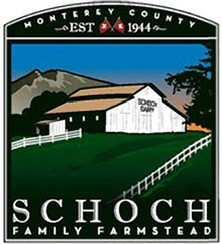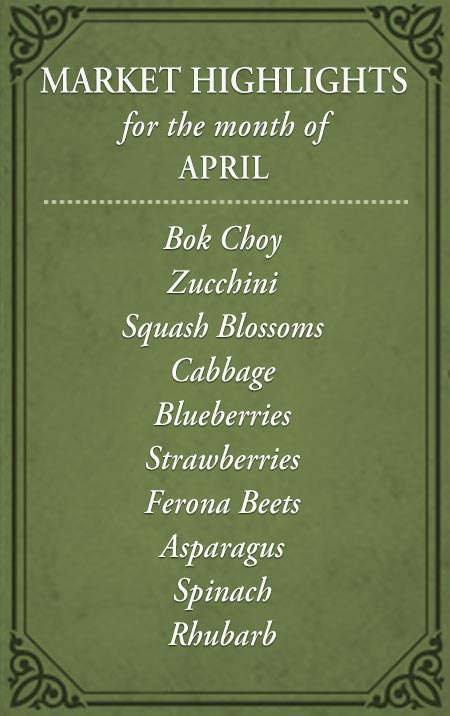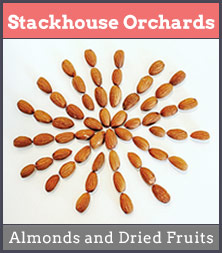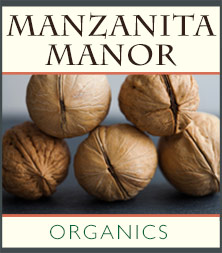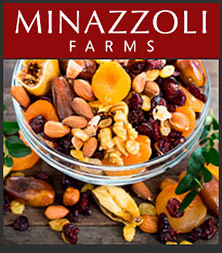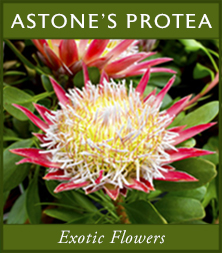I enjoy using vegetables to make sauces. It makes for a lighter dish with unusual flavor combinations, and it allows me to get another vegetable on the plate in some instances. I frequently make a sauce using carrot juice which I reduce to a glaze consistency, but for this version, I wanted something less sweet and more “carrot-y” and light. I like to use this sauce with grilled sturgeon dusted with curry powder and served with a quenelle of mint yogurt. It’s also delicious served with vegetable flans.
INGREDIENTS:
1 bunch Chantenay (or other thick) carrots, peeled, split, and cut into 1-inch pieces
1 shallot, peeled and finely diced
1 tablespoon “sweet” curry powder,* or more if needed
1 teaspoon sugar or a small drizzle of agave nectar
Salt and white pepper, to taste
Grapeseed oil, as needed
2 tablespoons unsalted butter (or more if needed) cut into pea-sized bits
Water, as needed
METHOD:
Heat a 2-quart saute pan over medium heat. When hot, film the pan with oil. When hot, but not smoking, add the carrots.
Sauté a few minutes until the carrots are showing signs of coloring – not browning but just transitioning from raw to cooked. Add shallot and cook just until shallot is translucent.
Sprinkle carrots with curry powder and toss to coat. Cook until fragrant.
Sprinkle carrots with the sugar or agave. Cook just until the sugar starts to caramelize or the agave starts bubbling. Add 1 tablespoon of butter to the pan, and pull the pan from heat, tossing carrots to move the sugar and butter around, and carefully add enough water to the pan to cover the carrots by 1½ inches.
Return the pan to the heat and bring it to a vigorous simmer. Cook carrots until very tender, about 15 minutes. (You should be able to smash one by pinching it between your thumb and forefinger.) Season with salt and white pepper, swirling to mix. Taste a carrot. If it seems to need more curry, add a pinch. Toss to combine and taste.
When carrots are cooked soft, lift them from the cooking liquid and transfer carrots to a blender or food processor.
Cook and reduce the remaining liquid in the pan down until only a half-cup remains. Pour this into the carrots, and add the last tablespoon of butter.
Process the carrots until smooth. (If needed, add a little hot water, a tablespoon at a time, until the carrots are spinning freely and form a soft fluffy puree.) Puree on high for at least one minute. Taste the puree and decide if you want more butter. (Butter helps add loft and silkiness to the puree, and will help emulsify into the puree.) The puree should not be too stiff, nor too runny. It should be sauce-like, and coat the back of a spoon or your finger should leave a trail in it when you run it through. When you put the sauce on the plate, you should be able to spread it around and have it be smooth on top, but not runny. The taste should be bright and carroty, lightly sweet with the curry as a background presence. If the sauce seems too much like mashed carrots, add a little more water and butter and puree for 30 more seconds. If you find the sauce is too wet, pour the sauce into the pan and sauté, stirring all the while, until the sauce reaches the desired consistency. Check for taste, adjust if necessary, and the sauce is ready to use.
Use right away or you can transfer the sauce to a 1-quart jar and keep it warm by putting the jar into a pot of warm water on the stove.
*”Sweet” Curry powder is one that has more fenugreek and fennel in it and not a lot of chilies. The curry powder should not be too “spicy” or it will overwhelm the sauce. A little heat wouldn’t be, though, as the sweetness of the carrot sauce would make a nice foil. Curry powder is also known (more correctly) as garam masala.
VARIATION:
Replace curry powder with sprigs of fresh thyme leaves.







